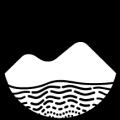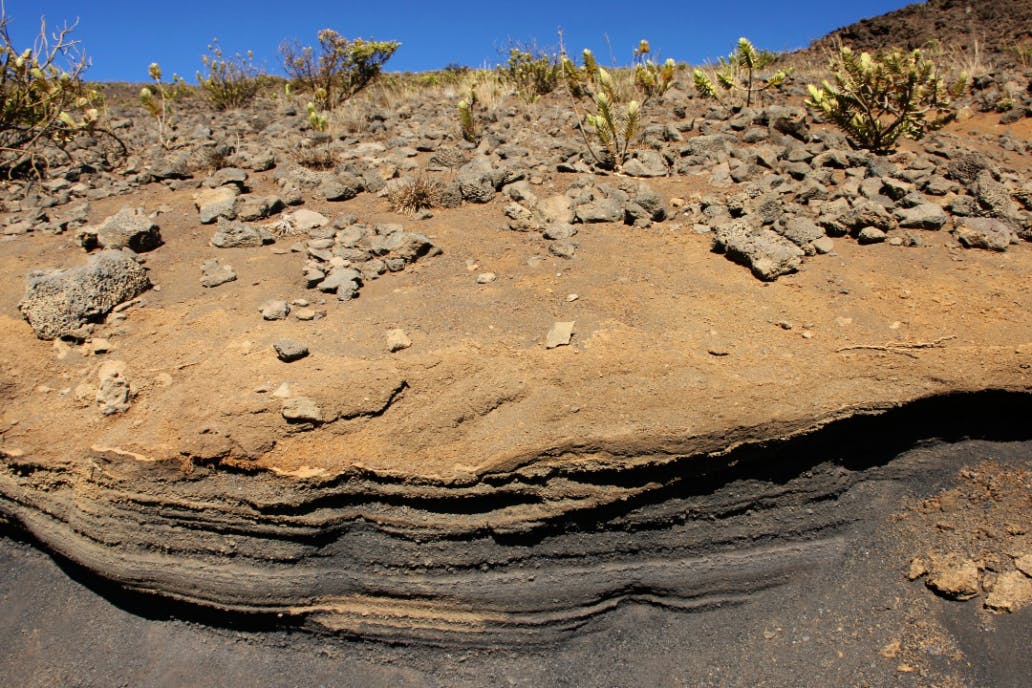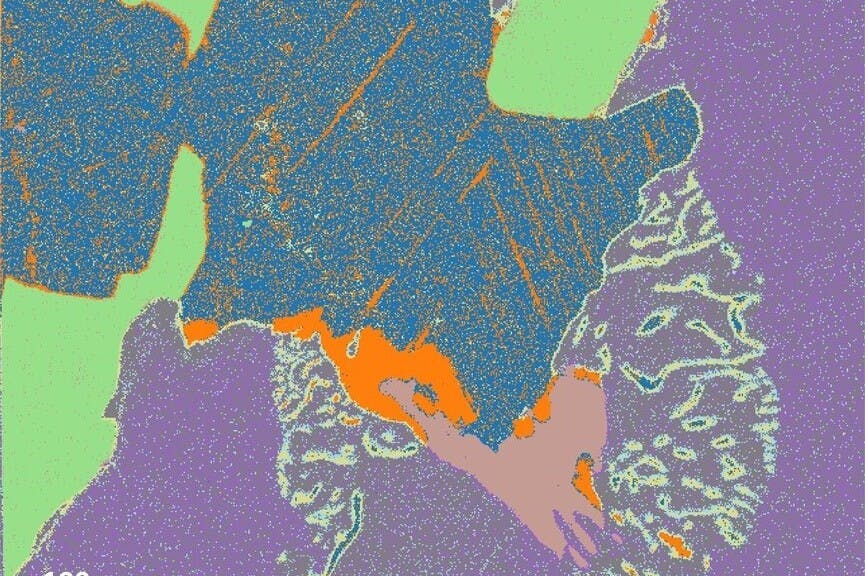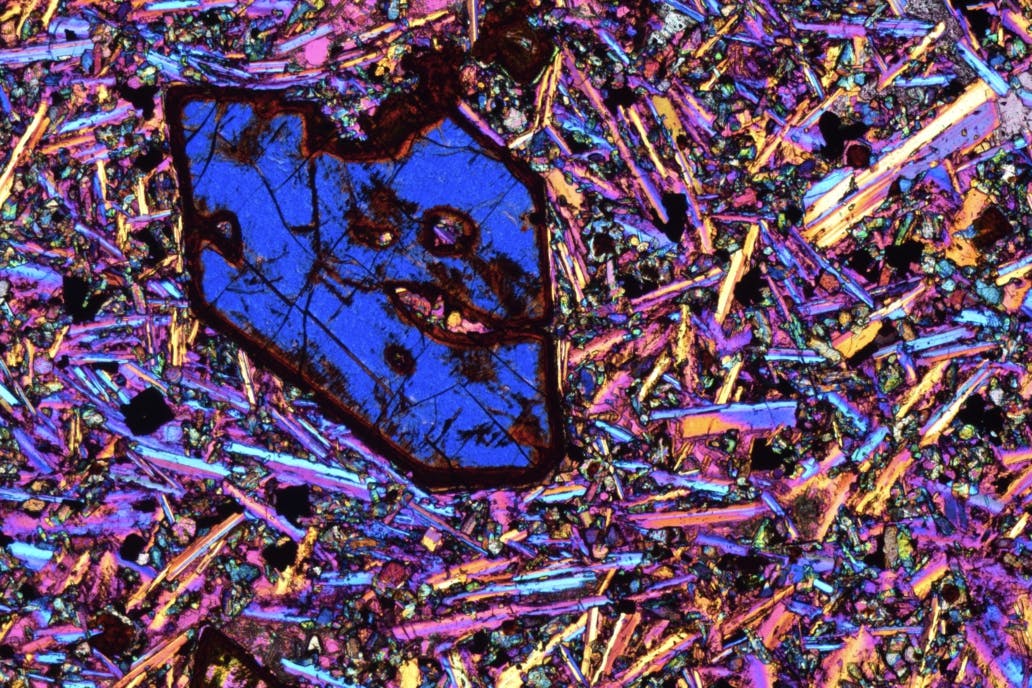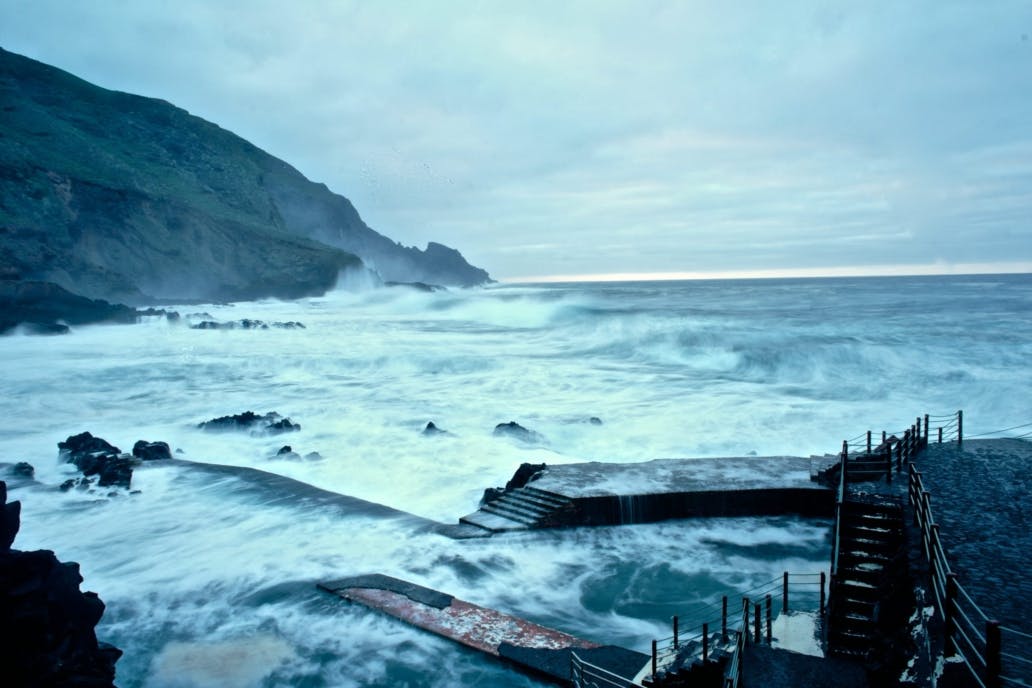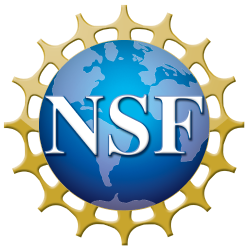
Critical Zone Network (CZ Net)
The Critical Zone (CZ) Hub Team developed the CZNet Coordinating Hub to meet the needs of the CZ Collaborative Network. The Data Submission Portal provides guidance regarding which data repositories into which products should be deposited and provides functionality that allows submission of data to the appropriate repository through the Portal.
The EarthChem Library welcomes Critical Zone Research products and data submissions which focus primarily on geochemical, geochronological, and petrological data. These data can be derived from material samples such as soil, sediment, pore water, or rock specimens; cores; and other physical objects.
Getting Started
Data Submission Workflow
Please review the guidelines for submission templates below. These data templates are meant to facilitate and standardize data reporting, following the best practices identified by the CZ community. Before you submit your data to the EarthChem Library, please ensure that you have the relevant method and sample information, as outlined above.
In addition, ensure that your submission is in compliance with ECL's Submission Guidelines and Policies to ensure the most efficient curation process.
Specific Guidance for CZNet Data and Research Products
The CZ Hub Team provides a coordinated view of all CZNet data/research products submitted to a reputable data repository via cataloging and data discovery functionality. To accomplish this, we ask that you do the following, regardless of which repository you deposit your data in:
- Tag your dataset/product with a subject keyword of “CZNet”
- If appropriate, tag your dataset/product with a subject keyword pertaining to your Collaboration Theme.
- Ensure that you enter funding agency information, including Funder (National Science Foundation), award number, and, if possible, award title.
- Make sure that your dataset is publicly available by leaving the release date blank. We will not be able to discover and catalog your datasets/products until you have made them publicly available.
We will be using this information to find and catalog resources submitted to the different repositories. If it is missing, we may not be able to find your submitted resource and include it in the CZNet metadata index and discovery tools.
NOTE: The Data Submission Portal requires this information for all submitted datasets. However, we know that some may choose to submit directly to a repository without using the Data Submission Portal, so it is important to specify this information regardless of how or when you submit your data.
Linking Datasets with Publications
We strongly recommend creating formal linkages between the datasets you have deposited within the above mentioned repositories and any manuscripts that you submit for publication that use or are based on the data. This ensures that anyone who discovers the paper can link to and access the data used and anyone who discovers the data can link to and access publications that have used the data.
After depositing your datasets within one of the above repositories we recommend formally citing the data within any research manuscripts based on the data that you submit for publication. Recommendations in the Author Guide for the journal to which you submit may determine how datasets are cited in the text of the paper. In the absence of specific instructions from the journal, we recommend citing data within the text of the paper using the journal’s citation style (e.g., Author(s), Year) and including a full bibliographic citation to the dataset within the references section of the paper.
Once a paper has been accepted for publication and a digital object identifier (DOI) or citation has been issued for the the paper, you should modify the metadata for the dataset in the repository to include a link to the paper as a “related resource.”
Submit Data
Submit CZ Net data directly to the EarthChem Library. In some cases, the EarthChem Library may not be the repository of best fit all for CZ Net datasets. Visit the CZ Net Hub Portal for more information about which repository is best suited for the submission in question. Through the CZ Net Hub Portal, users can submit CZ Net datasets to Hydroshare, the EarthChem Library, and SESAR (sample registration) or register a submitted dataset to receive a metadata record and ensure discoverability with all other CZ Net datasets and research products.
Collaboration Themes
Biogeochemistry
CT-E | Reactive Transport |
CT-F | Geomicrobiology |
CT-G | Coupled biogeochemical cycles (C,N,P, etc.) |
CT-H | Concentration-discharge relationships |
CT-I | Redox and CO2 in soils |
CT-J | Soil and dissolved organic matter |
Watershed Structure and Function
CT-K | Catchment Hydrology |
CT-L | Snowpack Dynamics |
CT-M | Fracture/Stress/GW flow |
CT-N | Regolith / porosity / Deep CZ structure |
CT-O | Geomorphology |
CT-P | Sediment source to sink dynamics |
CZ Methods
CT-Q | Dust collection |
CT-R | Geophysics in the CZ |
CT-S | Drilling and core analysis |
Data, Modeling & Complex Systems
CT-T | Modeling (broadly interpreted) |
CT-U | Complex system analysis |
CT-V | Atmospheric transport modeling |
CT-W | Data Analytics, Processing & QA/QC Tools |
Education & Outreach
CT-ZA | Education, Outreach, Diversity*** more categories below |
CT-ZB | Collaboration with HBCUs |
CT-ZC | Secondary teacher education |
CT-ZD | Place based education (undergraduate) |
CT-ZE | Citizen Science |
